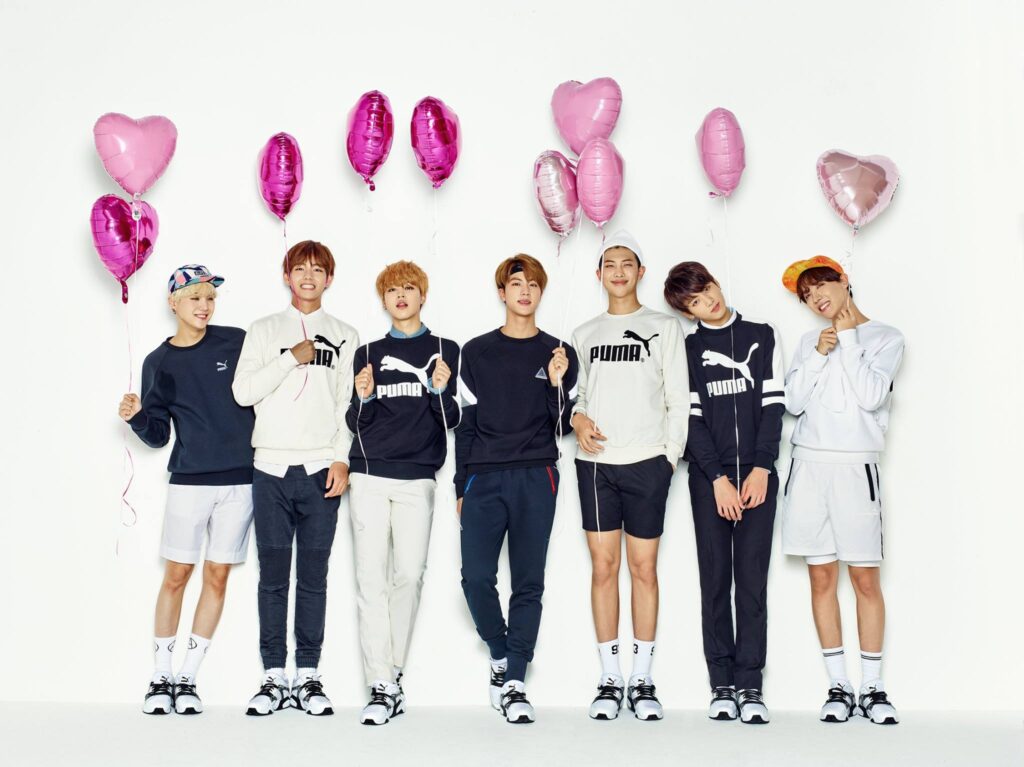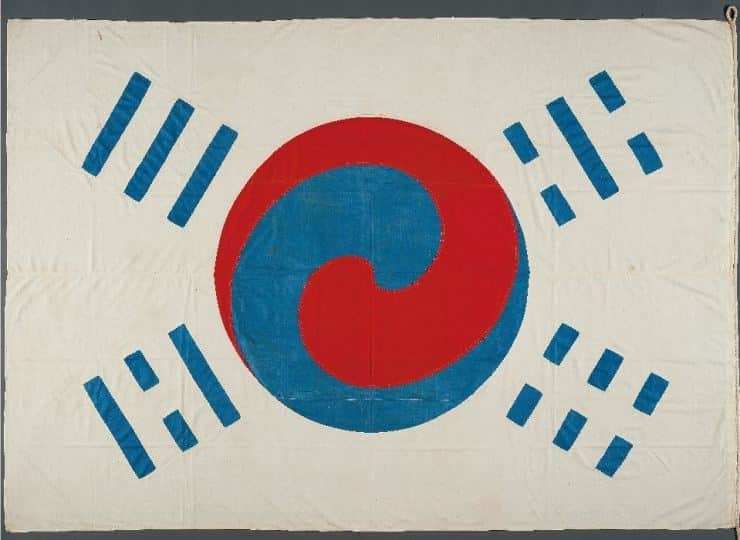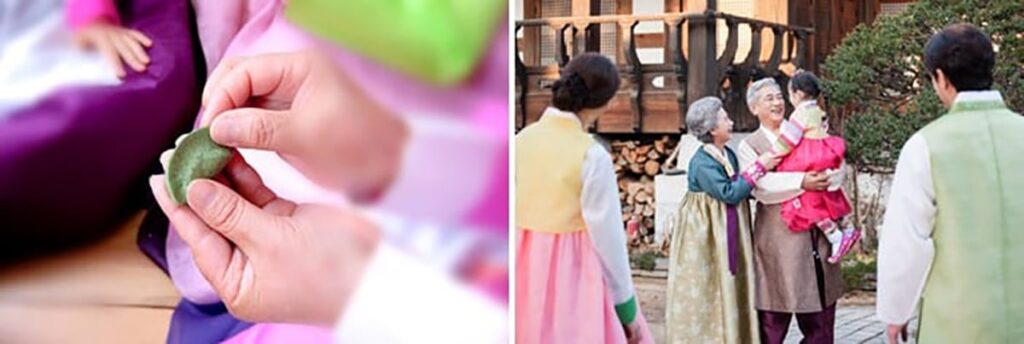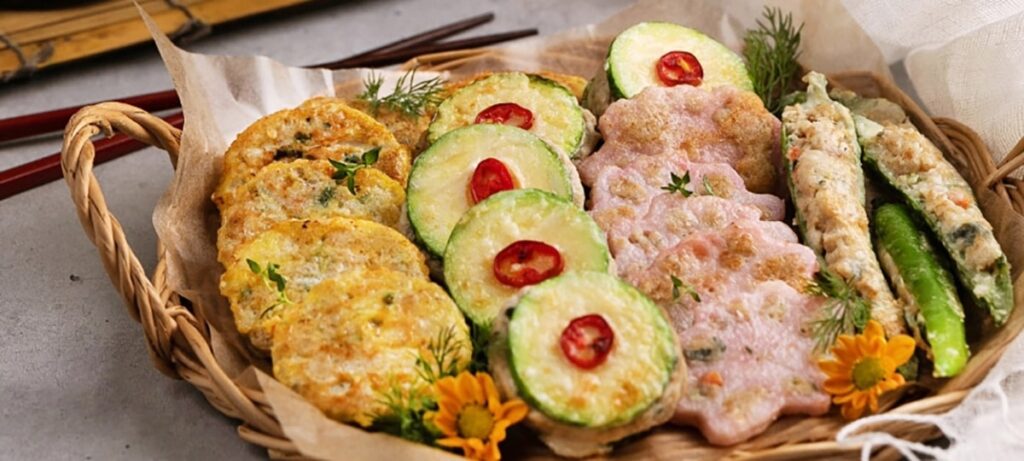Blog
Holidays & Special Dates
Joyful Korean New Year! Commemorating the arrival of the New Year holds great significance for the Korean people. This sentiment is so strong that we partake in celebrations not once, but twice a year – first on the New Year’s Day based on the Gregorian calendar, and then on Lunar New Year’s Day. My reminiscences take me back to my youth in Korea, vividly recalling the festive observance of this day. Unveiling the quintessential highlights, here are five cherished aspects that continue to evoke anticipation among Korean families worldwide during Seollal. Whether opting for one or embracing them all, consider immersing yourself this year, even if it entails a virtual gathering on Zoom.

Author : Lee Hye-Jun
KOREAN NEW YEAR
January 1st
Joyful Korean New Year! Commemorating the arrival of the New Year holds great significance for the Korean people. This sentiment is so strong that we partake in celebrations not once, but twice a year – first on the New Year’s Day based on the Gregorian calendar, and then on Lunar New Year’s Day. My reminiscences take me back to my youth in Korea, vividly recalling the festive observance of this day. Unveiling the quintessential highlights, here are five cherished aspects that continue to evoke anticipation among Korean families worldwide during Seollal. Whether opting for one or embracing them all, consider immersing yourself this year, even if it entails a virtual gathering on Zoom.
5 Things You Must Do on Seollal, Korean New Year
1. WEAR HANBOK
Indulging in the vibrant elegance of the traditional Korean ensemble, the “Hanbok,” brings immense delight on the dawn of the New Year. The Hanbok’s loose-fitting nature allows for a carefree experience, where the concept of size seldom poses an obstacle—whether it’s wearing cherished vintage Hanbok or adorning garments borrowed from kin.
Embedded within Korean customs is the practice of “seol bim,” signifying the act of adorning new attire on New Year’s Day. Thus, if a Hanbok isn’t at your disposal, embracing a fresh outfit can serve as a symbolic gesture, aligning with the spirit of embarking on a renewed journey.
2. SEBAE
The Pinnacle Tradition of the Day! A paramount custom involves engaging in “sebae,” an act of profound reverence that entails a deep bow, almost to the point of prostration, before our parents and esteemed elders. Accompanied by the heartfelt utterance, “Saehae bok mahnhee bahdeuh saeyo!” (“May abundant luck and prosperity grace your path in the New Year!”), this gesture resonates with utmost significance. In response, the elders bestow upon us both monetary gifts and New Year’s blessings, fostering an exchange of goodwill. For those fortunate youngsters graced with a multitude of elder relatives, this occasion often ushers in a realm of affluence. Remarkably, even our grown-up children consistently honor this cherished tradition whenever circumstances permit.
Sebae
Unveiling Sebae: 8 Intriguing Facts About This Distinctive Korean New Year Custom
Seollal, the lunar New Year’s Day, holds a prominent position within Korea’s calendar of festivities. In 2022, this significant occasion is set to be celebrated on February 1st. Amidst a tapestry of captivating Seollal practices, such as savoring delectable tteokguk, donning hanbok attire, and engaging in playful yutnori games, there exists a tradition that stands out for its adoration and approachability – the unique Korean bow known as “sebae.”
But what exactly is sebae? With roots that stretch back millennia, preceding even the Joseon Dynasty, sebae encompasses a gesture of profound bowing, manifesting as an expression of reverence towards one’s seniors. While the act of bowing is an integral facet of daily Korean interactions, the grand bow, referred to as “keun jeol,” is exclusively reserved for extraordinary occasions. When executed on the dawn of the new year, it earns the designation of sebae.
Embracing sebae as a cherished tradition in one’s household transcends time constraints. While the particulars hold less significance than the sentiment and essence, some curious readers might find delight in delving into lesser-known facets that surround sebae.

Korean Valentine's Day Traditions + Exploring All 12 Romantic Holidays in Korea
January 1st
Valentine’s Day: Diverse Celebrations Across the Globe and Korea’s Unique Approach. In Korea, Valentine’s Day takes on a significant role, yet diverges substantially from the Western norms. Interestingly, Korean couples are presented with not one, but twelve occasions annually to commemorate and convey their emotions.
Korean Valentine’s Day is a One Way Street
In Korea, Valentine’s Day falls on February 14th; however, it follows a unique dynamic where women present chocolates and gifts to their partners or potential love interests, rather than the customary reverse. Korean men, in turn, have the opportunity to express their affection by offering candies and presents to women or individuals they hold feelings for, and this tradition unfolds on White Day, observed on March 14th.

12 Days of Love

Valentine’s Day is the singular romantic holiday in America, urging us to create an exceptionally memorable experience for our loved ones. However, in Korea, love is celebrated on the 14th of each month, yielding a cascade of romantic occasions. While Valentine’s Day and White Day take the lead as the most cherished and widely observed love festivals, an additional ten days are dedicated to the celebration of affection.

NATIONAL LIBERATION DAY
August 15
What is Gwangbokjeol?
August 15 holds immense significance as Korea’s National Liberation Day, standing as a pivotal public holiday in the nation. Termed Gwangbokjeol in Korean, its translation encapsulates the essence – “Restoration of Light Day.” This revered occasion commemorates the triumph over Japan, marking the liberation of Korea from a prolonged period of Japanese colonial dominion spanning 35 years. Precisely on August 15, 1945, this victory was secured. Notably, Gwangbokjeol stands as the solitary holiday embraced by both North and South Korea, serving as a symbol of shared history.
How do Koreans Celebrate Gwangbokjeol ?
Residents are urged to display the Korean national flag, known as the Taegeukgi, proudly outside their residences. This day brims with a plethora of activities and gatherings, including a formal commemoration graced by the presence of the Korean President, either at the Independence Hall in Cheonan or the Sejong Center for the Performing Arts. The official Gwangbokjeol anthem resonates through these solemn ceremonies.
Taegeukgi (태극기)

In the current year, the Denny Taegukgi, the most ancient surviving representation of the Taegukgi, is officially attaining the distinction of a national treasure, as recognized by Korea’s Cultural Heritage Administration (CHA). As reported by The Korea Times, the Denny Taegukgi’s origins trace back to the year 1890, if not earlier, and it was originally owned by Owen Nickerson Denny (1838-1900), an American who played a pivotal role as a chief diplomatic consultant for King Gojong. In a remarkable turn of events, the flag was bestowed upon Korea once again in 1981 by one of Denny’s descendants. It currently finds its abode within the National Museum of Korea.

Author : Michelle Jimin Lee
CHUSEOK
August 15 (Lunar)
Mark your calendars for Chuseok 2022 on September 10th! Get ready to tick off your checklist for delectable cuisine, cherished family moments, and boundless enjoyment.
What exactly is Chuseok? Known as Hangawi as well, Korean Chuseok (추석) stands as one of the paramount holidays on the peninsula, carrying immense significance. Often likened to the Korean equivalent of Thanksgiving, it graces the 15th day of the eighth lunar month, which typically aligns with the months of September or October. In the year 2022, Chuseok will grace us on September 10th (Saturday), encompassing a broader holiday period from September 9th to 12th (Friday to Monday).
Rooted in mythological Buddhist narratives revolving around a moon rabbit, symbolizing virtues of fertility, longevity, and harvest, Chuseok’s essence is profound. Translating to “Autumn Eve,” this three-day national holiday finds its fervent celebration not only in both North and South Korea but also among Koreans scattered across the globe.

Feasting: What do Koreans eat on Chuseok?
Korean Chuseok stands as a festive occasion heralding the onset of harvest, a time when an array of delectable dishes and beverages take center stage. Celebrated globally, this festival revolves around cherished family moments, spirited games, and, of course, a sumptuous spread of delectable cuisine.
As the sun ascends on Chuseok morning, kinfolk gather, traditionally convening at the residence of the eldest son, known as kun jip or the “Big House.” The sheer magnitude of the assembly and the lavish banquet that ensues is reminiscent of bygone times when the elaborate preparations for Chuseok would extend over weeks, placing significant demands on the kun myuneuri, the esteemed eldest daughter-in-law.

Chuseok 2022 Top Foods
• Songpyeon Tteok and a medley of vibrant rice cakes symbolizing a radiant future
• An assortment of Jeon – encompassing Vegetable, Meat, and Fish variations
• Nameul (bellflower, bracken, spinach) – a trio of vegetables, each representing prosperity through distinct roots, stalks, and leaves
• Japchae, a harmonious blend of glass noodles and vegetables
• Galbi Jjim accompanied by Daechu (Jujube) to invoke aspirations for abundant descendants
• Nabak Kimchi, offering its distinctive tang
• A whole Fish symbolizing the propagation of progeny
• Hearty Radish Soup
• Korean Pears, echoing wisdom
• Substantial Apples, encapsulating familial love and harmony
• Ggot Gam – Dried Persimmon, a cherished delicacy
• Traditional Honey Rice Cakes adorned in five hues, each denoting an element of the universe
• Sikhye Sweet Rice Drink, a delightful conclusion to the culinary revelry

GAECHEONJEOL
October 3
Gaecheonjeol, Korea’s National Foundation Day
On the Gregorian calendar, the 3rd of October holds significance as Gaecheonjeol (개천절), acknowledged as National Foundation Day. Gaecheonjeol’s literal translation, “the day on which the Heaven opens,” intertwines with its alternate moniker – Korea’s birthday.
This commemoration pays homage to the mythical inception of the initial Korean realm, Gojoseon, which came into being in 2333 BC. Throughout history, this date has been revered as the definitive moment marking the birth of the Korean populace.
The Dangun Myth
Hwanung (환웅), the offspring of Hwanin (환인), the Lord of Heaven, harbored a desire to enhance the well-being of humanity and thus chose to descend from the celestial realm. Accompanied by a retinue of 3,000, Hwanung arrived on Mount Taebaek upon the Korean Peninsula in the year 2457 B.C. Aided by the deities of clouds, wind, and rain, he set forth to elevate various facets of human existence, encompassing agriculture, health, and the daily welfare of individuals.
During this epoch, a tiger and a bear beseeched Hwanung to grant them the status of human beings. Responding to their plea, Hwanung advised them to seek refuge within a cave for 100 days, avoiding exposure to sunlight and subsisting solely on mugwort and garlic. While the tiger eventually relinquished the endeavor and exited the cave, the bear exhibited unwavering determination and emerged as a woman. This bear-woman would later become Hwanung’s spouse, giving birth to a son named Dangun Wanggeom (단군왕검).

